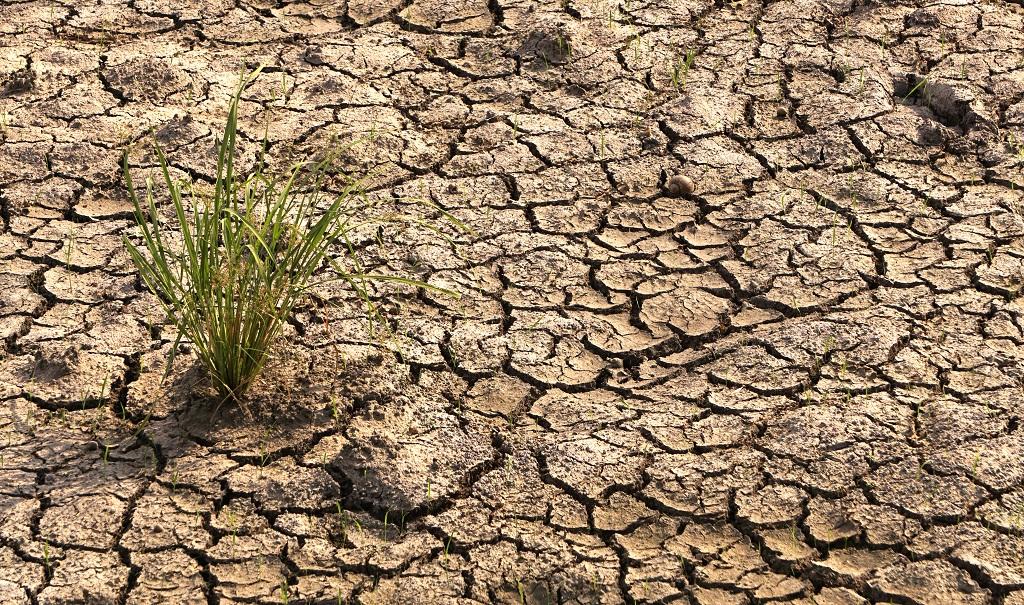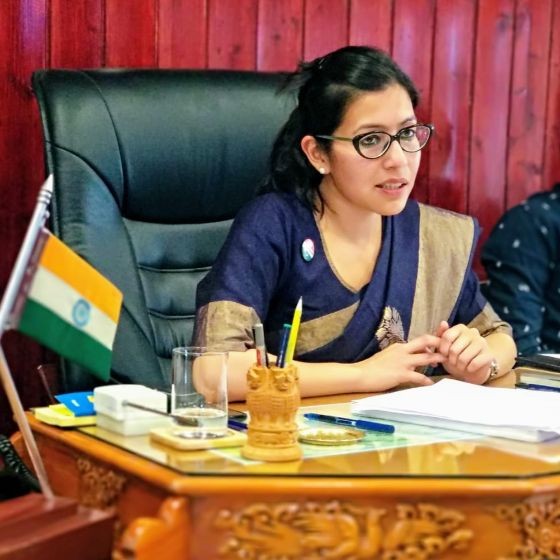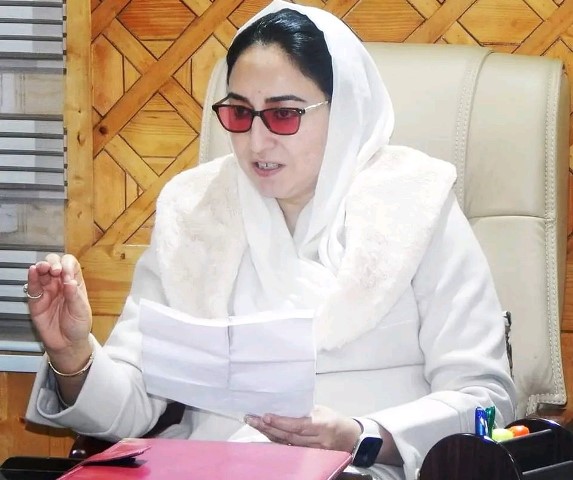Srinagar, April 2: Jammu and Kashmir witnessed a rainfall deficit of 48% in the month of March, which is a possible cause of worry for farmers this year.
Rainfall deficit in Jammu and Kashmir continues in March, with the region facing a deficit of 48% for the month, an independent weather observer Faizan Arif said on Sunday.
He said that this is the third year in a row that the maximum loss was due to a lack of rain in March.
However, no official data was available regarding the rainfall deficit during this period in Jammu and Kashmir.
Arif said that between March 1 and March 31, Jammu and Kashmir recorded 78.9 mm of rainfall, which is much less than the average of 152.9 mm.
He said that the Ladakh Union Territory was also deficient by 73%, recording only 1.1 mm of rainfall during the period compared to an average of 4.0 mm.
He said March is the time when the Kashmir region receives the most rain and snowfall, with heavy snowfall in the higher reaches contributing to the growth of its glaciers. Although the March of this year has seen improvement as compared to last year, the overall trend remains a matter of concern, he claimed.
Arif said that in early March, they predicted after evaluating available data that there was a high chance of below-average rainfall, with some chance of rainfall within the normal range during the month.
The Independent Weather Observer said that this winter season, the rainfall deficit has increased to 34% compared to last winter, with a deficit of 9% between December 2021 and February 2022.
He said that the winter season of 2020-2021 saw a rainfall deficit of 37% as compared to the average figure.
“I believe that the deficiency of rain in winter and spring seasons for the last three years in Jammu and Kashmir is due to La Nina conditions. Now that we may see El Nino developing towards the end of the year and there are chances that the trend of below normal rainfall in winter and spring seasons may be broken,” said Arif.
He said below-normal rainfall could have a significant impact on the agriculture sector, as it is the primary source of water for crops, and could reduce crop yields, leading to food inflation.
He said less rainfall could also lead to soil erosion and erosion, which could reduce the productivity of agricultural land for future crops. Arif said farmers could also face financial hardship due to reduced income from low crop yields, potentially leading to job losses and economic instability in rural areas.








